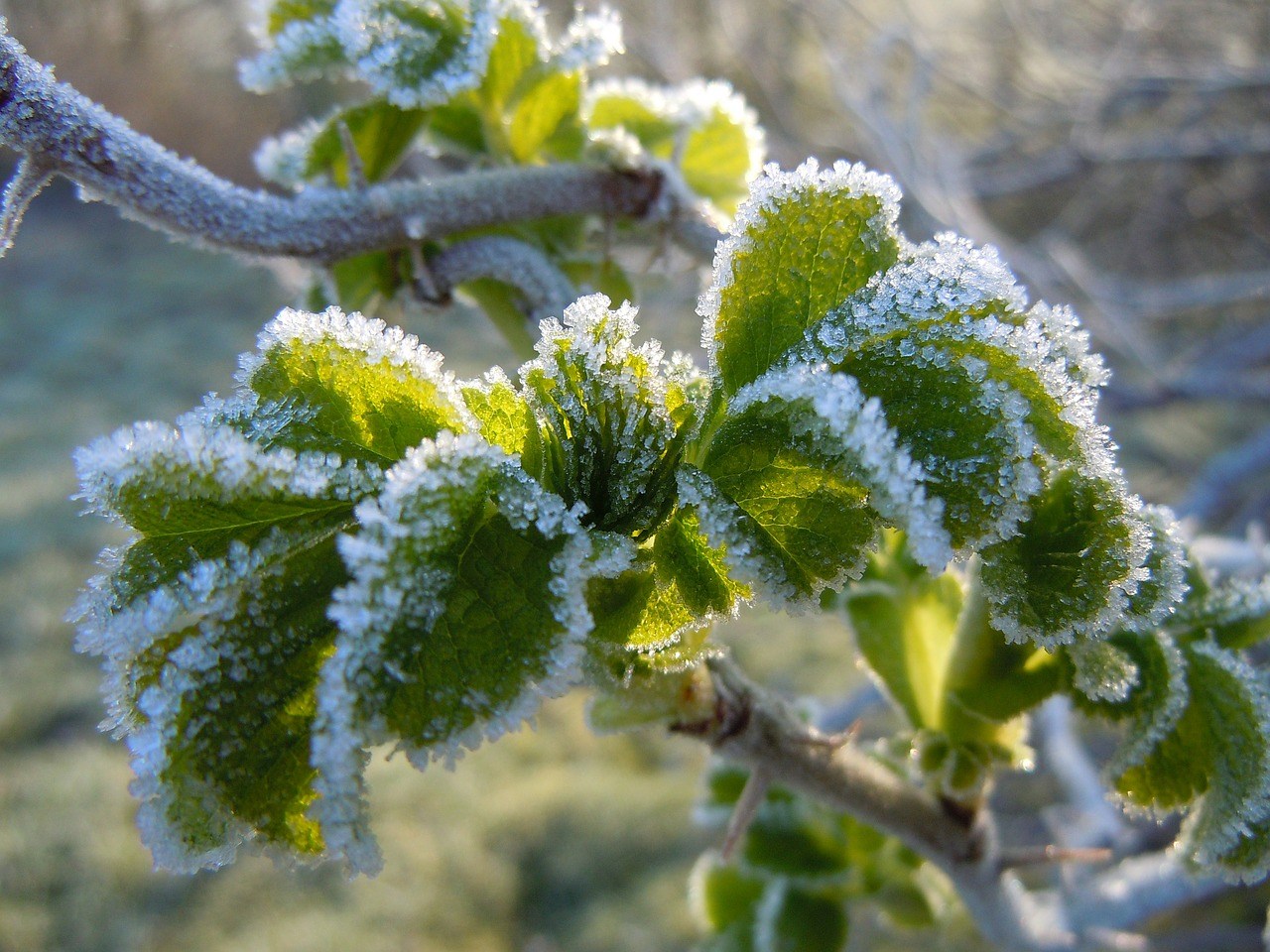How to Protect Plants From Frost in Winter: A Comprehensive Guide

As the days grow shorter and the air crisper, winter's icy grip begins to tighten. For gardeners, this seasonal shift can be a daunting challenge. Frost, with its crystalline tendrils, can wreak havoc on your beloved plants. But fear not! With a bit of preparation and some savvy strategies, you can protect your plants from frost damage and ensure they thrive through the winter. Let's dive into how to winterize your plants effectively.
Understanding Frost Damage
Frost damage occurs when temperatures drop below freezing, causing ice crystals to form within plant cells. This can lead to cell rupture and, ultimately, plant death. Different plants have varying levels of cold hardiness, so it's crucial to understand your plants' specific needs.
How to Protect Plants from Frost in Winter
1. Choose Cold-Hardy Plants
The first step in protecting your garden from frost is selecting cold-hardy plants. These plants are naturally adapted to survive in colder climates. Research the USDA Plant Hardiness Zone for your area and choose plants that are well-suited to your region.
2. Insulate Your Plants
Insulating your plants is akin to wrapping them in a warm blanket. Here are some effective methods:
Mulching
Mulch acts as a natural insulator, protecting the roots from extreme temperature fluctuations. Apply a thick layer of organic mulch, such as straw or wood chips, around the base of your plants.
Row Covers
Row covers are lightweight fabrics that can be draped over plants to provide an extra layer of protection. They allow light and water to pass through while trapping heat.
Cloches
Cloches are individual plant covers that create a mini greenhouse effect. They are particularly useful for protecting smaller plants and seedlings.
3. Water Your Plants
Watering your plants before a frost can help protect them. Moist soil retains heat better than dry soil, providing a buffer against the cold. However, be cautious not to overwater, as excess moisture can lead to other issues like root rot.
4. Use Heat Sources
For particularly sensitive plants, you can use heat sources like heat lamps or outdoor heaters. Place them near your plants to provide a gentle warmth during cold snaps.
5. Bring Plants Indoors
If possible, bring potted plants indoors during extreme cold. This is especially important for tropical or subtropical plants that are not cold-hardy.
Seasonal Gardening Tips
Preparing for Winter
Preparation is key when it comes to seasonal gardening. Start by cleaning up your garden in the fall. Remove dead leaves and debris to prevent pests and diseases from overwintering.
Pruning
Pruning your plants before winter can help them focus their energy on survival rather than growth. Remove any dead or diseased branches to promote overall plant health.
Fertilizing
Avoid fertilizing your plants in the late fall or winter. Fertilizers encourage new growth, which can be vulnerable to frost damage. Instead, focus on providing nutrients during the growing season.
Additional Resources
For more detailed information on protecting your plants from frost, you can visit the USDA Plant Hardiness Zone Map and the National Gardening Association. These resources provide valuable insights and tips for winterizing your garden.

Conclusion
Protecting your plants from frost damage in winter is a multifaceted task that requires planning and diligence. By choosing cold-hardy plants, insulating them with mulch and covers, watering appropriately, and using heat sources when necessary, you can significantly increase their chances of survival. Seasonal gardening tips, such as pruning and avoiding late-season fertilization, can also play a crucial role.
Remember, gardening is a journey of learning and adaptation. Each winter brings new challenges and opportunities to refine your skills. By following these guidelines, you can ensure that your garden remains vibrant and healthy, even in the harshest of conditions.
FAQs
What are some common signs of frost damage? Common signs of frost damage include wilting, discoloration, and blackened or browned leaves. Plants may also appear limp or droopy.
Can I use plastic sheets to cover my plants? While plastic sheets can provide some protection, they are not as effective as row covers or cloches. Plastic can trap moisture and heat, leading to condensation and potential fungal issues.
How often should I water my plants in winter? Watering frequency depends on your climate and plant type. Generally, water your plants deeply but less frequently in winter. Aim for once every 2-3 weeks, adjusting as needed based on rainfall and soil moisture.
Is it safe to use heat lamps for my plants? Heat lamps can be safe if used correctly. Ensure they are placed at a safe distance from your plants to avoid burning. Always follow the manufacturer's instructions for safe use.
What should I do if my plants show signs of frost damage? If your plants show signs of frost damage, do not prune the affected areas immediately. Wait until the danger of frost has passed to prune, as the damaged parts can still provide some protection to the rest of the plant.

By following these tips and staying vigilant, you can protect your plants from frost and enjoy a beautiful garden year-round. Happy gardening!
0 Response to "How to Protect Plants From Frost in Winter: A Comprehensive Guide"
Post a Comment